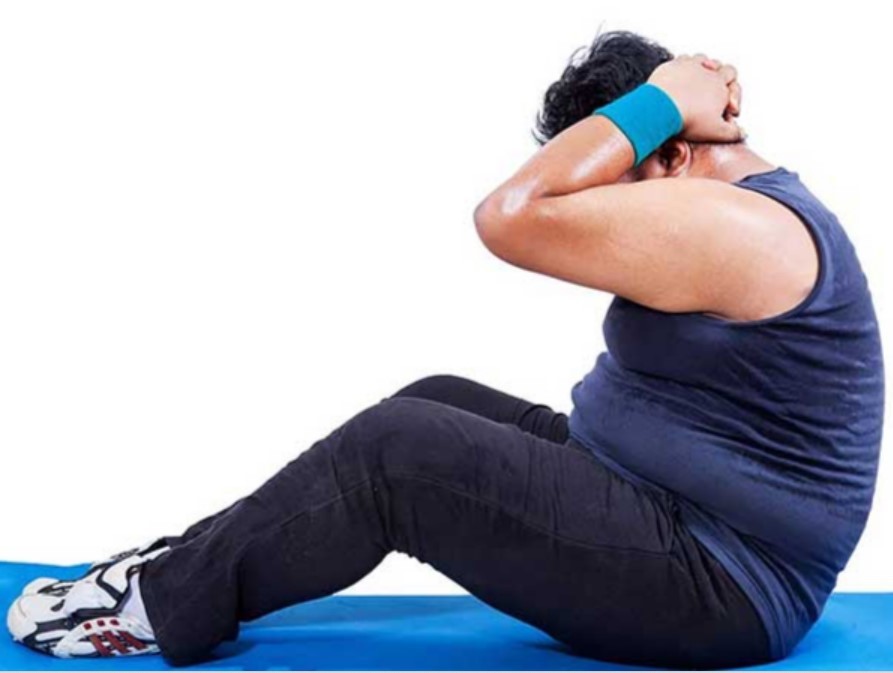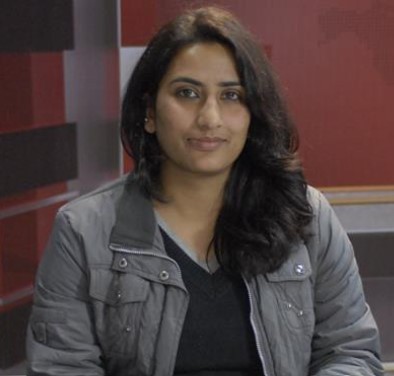Life & Health

With more urban Nepalis gradually becoming obese, or very fat, Nepal’s medical facilities too have started weight loss surgery to treat patients suffering from obesity.
Inactive lifestyle and excessive consumption of junk food are the main cause of obesity. The global health problem has started affecting Nepalis too. A 2020 research conducted on school children in Chitwan found nearly 10 per cent of children overweight. Three per cent were obese, with girls outdoing boys.
With more children and adults affected by obesity, patients have started seeking medical solutions. In Kathmandu, the HAMS Hospital, for instance, conducted 15 weight loss surgeries in the past three months. And HAMS is not the only hospital providing such service.
More on that a little later.
Overweight population

No official data is available to show the exact percentage of Nepalis suffering from obesity. But a 2020 research - Prevalence of Overweight and Obesity among Secondary School Students of Bharatpur-10, published in the journal of college of medical science Nepal – found 9.77 per cent children overweight and 3 per cent obese.
Overweight was prevalent in 8 per cent male and 18 per cent female. More private school students were found overweight compared to public school students.
The study showed students who took snacks while watching television were significantly overweight as compared to those who did not - 13.33 per cent vs 6.11 per cent.
The study found a relatively high prevalence of overweight among female students of 13-15 years age group from private schools. Also, eating snacks while watching television was associated with a higher BMI (Body Mass Index), according to the study.
Another study, conducted in 2017, found one in 13 children and adolescents in Nepal between the age of 5 and 19 obese in Nepal. Obesity among children and adolescents (between the age of 5 and 19) increased by 29 times in the past four decades, according to the study, conducted on 575 students in Lalitpur.
It found 107 (18.6 per cent) overweight and 41 (7.1 per cent) obese.
The research, published in National Library of Medicine by Ashmita Karki and co-authors, concluded that high junk food consumption and sedentary activities were significantly associated with childhood overweight/obesity.
Nepal’s adult population too is affected. The 2016 National Demographic Health Survey revealed that among the 4,329 men 17 per cent were overweight or obese, with 15 per cent being overweight and almost 3 per cent obese.
A total of 6,565 women were measured for weight and height of which 22 per cent were overweight or obese, with 17 per cent being overweight and five per cent obese. The NDHS survey concluded that the overweight/obesity in men and women increases with wealth and household food security.
What is obesity?

The World Health Organization defines overweight and obesity as abnormal or excessive fat accumulation that presents a risk to health. A body mass index (BMI) over 25 is considered overweight, and over 30 is obese. Globally, 39 million children under the age of five were overweight or obese in 2020, it says.
For adults, WHO defines overweight and obesity thus: overweight is the one with a BMI greater than or equal to 25; and obesity is the one with a BMI greater than or equal to 30.
“Body mass index (BMI) is a simple index of weight-for-height that is commonly used to classify overweight and obesity in adults. It is defined as a person's weight in kilograms divided by the square of his height in meters (kg/m2).”
The prevalence of overweight or obese children and adolescents aged 5–19 years increased more than four-fold from 4 per cent to 18 per cent globally from 1975 to 2016, the WHO says.
Keeping in view with the increasing number of obese children and adolescents, the American Academy of Paediatrics recently issued its first guideline on childhood obesity. Children struggling with obesity, it stressed, should be treated early, including with medication and surgery according to the new US guidelines.
Intake of foods rich in fat and sugar, imbalance between calories consumed and calories expended, lack of physical exercises, sedentary life and work, changing modes of transportation and urbanisation are some of the causes for overweight and obesity, according to experts.
Obesity health risks
Increase in weight poses significant health risks. Dr Koshish Pokharel, bariatric and metabolic surgeon at HAMS Hospital, Kathmandu, said: “People who are obese are under a high risk to suffer from diabetes, high blood pressure and cholesterol. They are also under a risk for heart ailments. Excess weight stresses the joints in knees, so people suffer from knee pain. People are also under the risk of suffering from sleep apnoea. Obesity in women causes infertility.”
Obese children suffer stigma and discrimination. Also the excess weight in children affects their growth. Dr Pokharel said: “When the children are obese the heart tries to increase its cell size to pump blood. This might lead to heart failure. Airway could get blocked while sleeping and can eventually lead to death.”
Weight loss surgery

To remain healthy, one needs to maintain weight. People try to decrease their weight but fail. But experts say measures like proper diet, exercise and intermittent fasting help.
As a last resort measure, experts recommend weight loss surgery.
Weight loss surgery, also called bariatric or metabolic surgery, is a treatment method used for people who are very obese.
Often the surgery is aimed at resizing the stomach.
Dr Pokharel said: “The process involves surgery of the stomach and making it smaller in size. The process is both restrictive and changes hunger hormones. It both restricts the amount of food which can be consumed and helps decrease hunger.”
At the HAMS Hospital in Kathmandu, 15 such surgeries have been conducted in the past three months. It costs between Rs350,000 to Rs400,000.
The surgery is conducted on persons with more than 35 BMI.
The service is available in other medical facilities too.
Dr Shail Rupakheti, gastrointestinal surgeon and director at Star Hospital, said: “It has also been proven effective on people with more than 35 BMI and have medical problems related to obesity such as diabetes, sleep apnoea, fatty liver etc.”
Obesity in children
Dr Anuna Uprety, a nutritionist and public health expert, blames what she calls “Patru Khana” or junk food.
Uprety said: “More children are consuming junk food these days. Intake of junk food such as noodles, chips, carbonated drinks, juices, cakes, chocolates and so on is leading to overweight or obesity in children.”
What to eat?

Children should be encouraged to eat fresh, organic and fibre rich food to remain healthy, she said. Also recommended are foods rich in protein, vitamins, carbohydrates, fats, minerals, vitamins.
Oily, deep fried and sweet food should be avoided. Dr Uprety added: “The food that we have been eating since ages such as rice, lentils, green leafy vegetables, Roti, and pickles are the best. Also the food that we eat in our festivals are healthy. They are seasonal food items and have nutrients.”
If your child likes pizza then make the dough from wheat as wheat has fibre and it helps control weight, she suggested.
The nutritionist also advises parents to involve children in preparing food. “This provokes interest in them. They will understand the value of cooking healthy food. This learning will help them for a lifetime to prepare and consume healthy food items.”
Equally necessary is regular exercise, or yoga or outdoor sports, she added.

_11zon1681280198.jpg)




